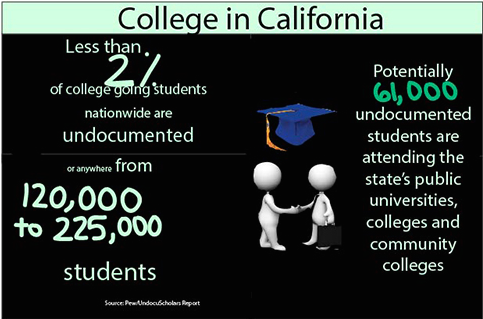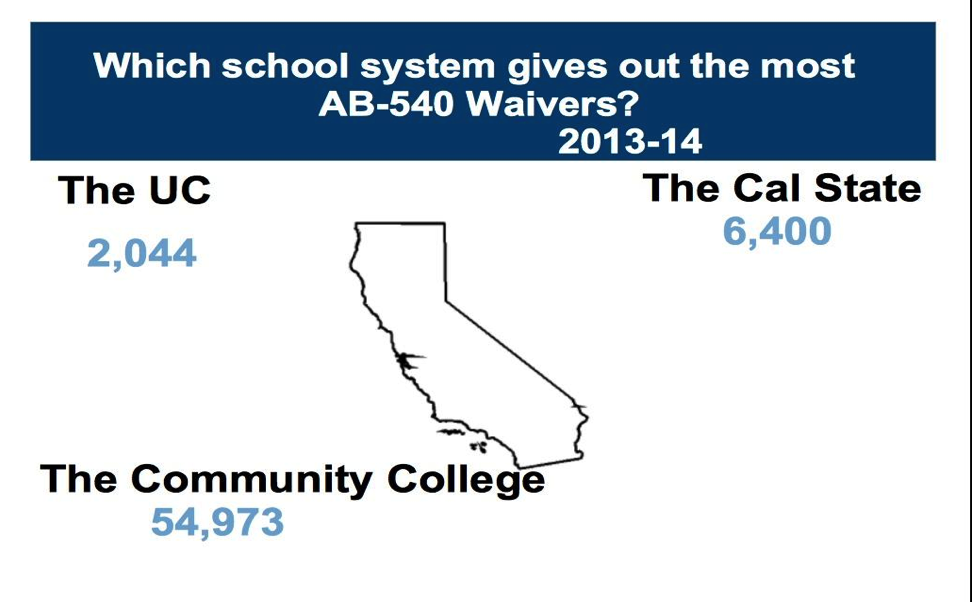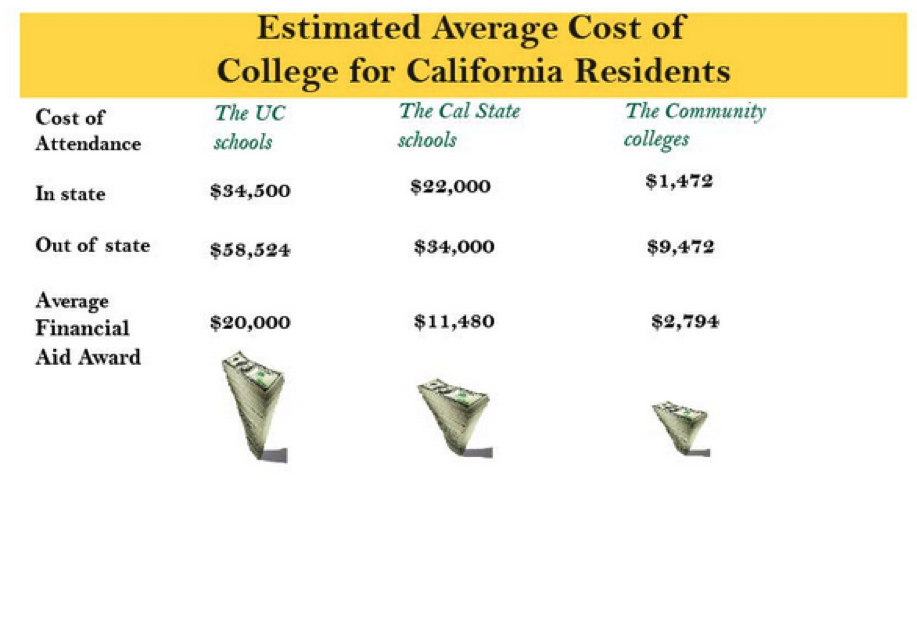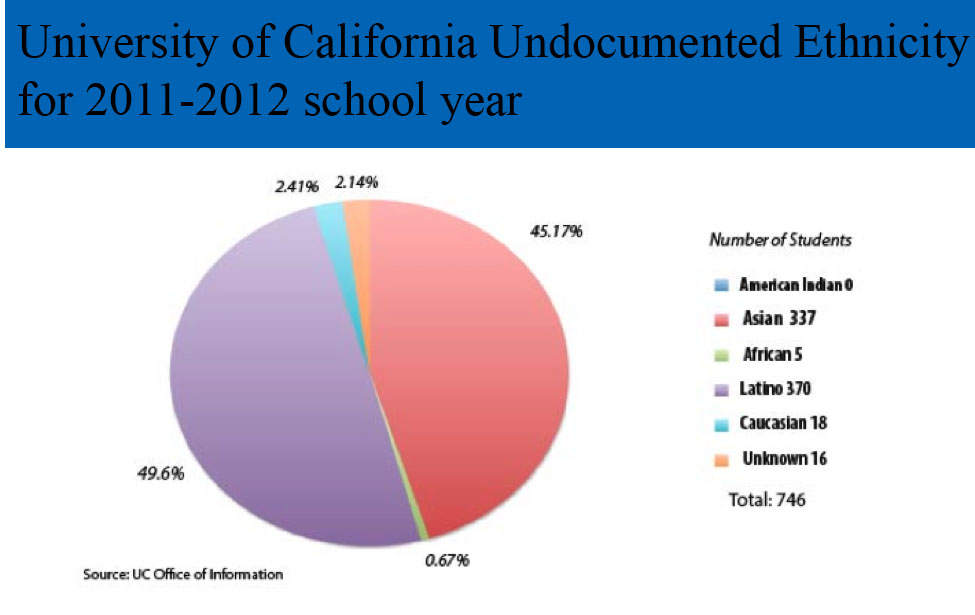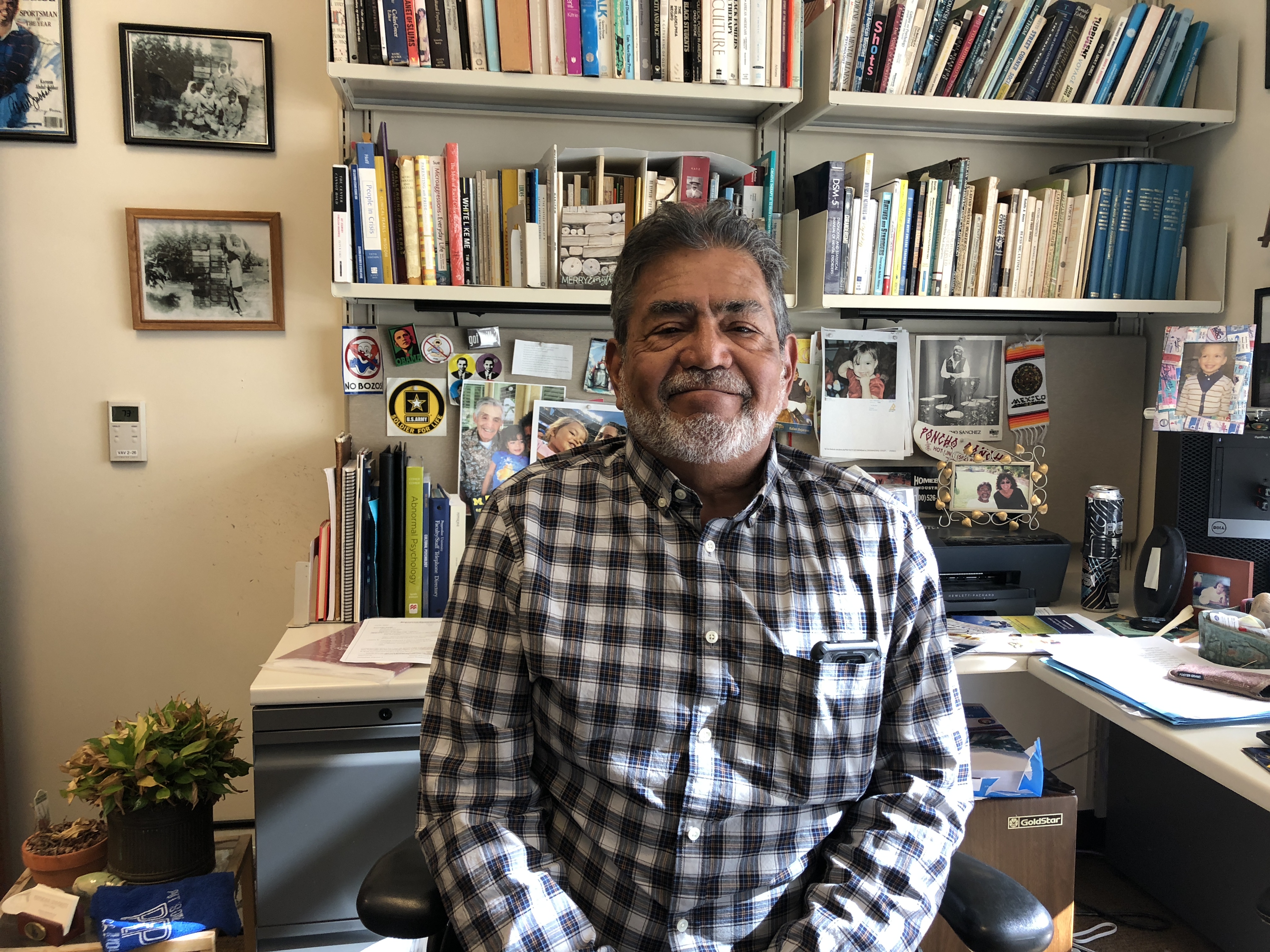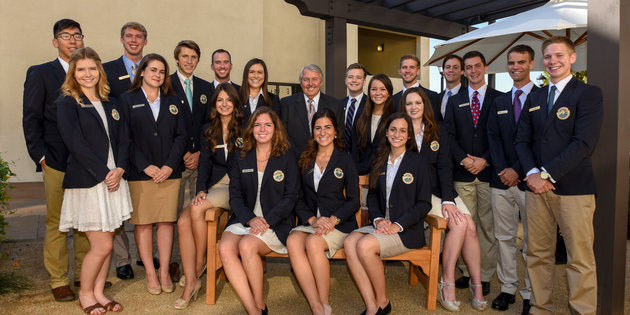
Newly released reports vary widely on how many undocumented immigrants are accessing higher education nationwide.
Anywhere from 120,000 to 225,000 undocumented young people are attending college, according to reports put out by the Center for American Progress and the UndocuScholars Project at the University of California, Los Angeles.
Even at the high end, that’s less than 2 percent of all-college going students nationwide.
In California, there are potentially 61,000 undocumented students attending the state’s public universities, state colleges and community colleges. That’s 2.3 percent of the 2.6 million undocumented immigrants living in the state, according to the Public Policy Institute of California, and only 2.1 percent of all students enrolled in public institutions.
“There’s a lot of factors working against these immigrant students,” said Jose Arreola, the training and community relations manager for Educators for Fair Consideration, an advocacy group aimed at helping young immigrants achieve their full potential.
“They struggle since the beginning of high school and they don’t really have the resources needed to navigate the process of getting into college.”
The organization helps hundreds of undocumented young people make it into college with outreach events, trainings, education and legal services.
Organizations like the E4FC, along with recent legislation backed by Gov. Jerry Brown, is improving access to education for undocumented immigrants. California has allowed undocumented students who attend and graduate from California high schools to receive in-state tuition since 2002. It was also one of the first states to pass its own Dream Act in 2011 allowing undocumented students to receive state-funded financial aid. Now SB1210, which goes into effect this fall, will establish a California DREAM loan program that will help undocumented students attend a UC or California State University.
California is one of only four states to allow undocumented students to receive state aid at all, and one of only 18 that lets them access in-state tuition rates, according to the Center for American Progress.
Whereas nearly one-third of U.S. citizens attend college, only one out of 10 undocumented students do, according to the UndocuScholars report. The majority of undocumented students are attending community colleges.
That’s not because community colleges are more friendly to undocumented students, but because they are “a lot cheaper and closer to home,” said Zenen Jaimes-Perèz, senior policy analyst at the Center for American Progress.
As of the 2011-2012 school year – the most recent data available – only 611 undocumented undergraduate students attend the UC system. Total enrollment that same year topped 181,000.
Neither the California State University system or the community college system records how many undocumented students they serve or how much state aid they receive. The closest way to get at those numbers is to look at how many students receive an AB 540 waiver. This waiver allows students who have not established legal California residency to pay the cheaper in-state tuition and apply for state aid. State tax dollars heavily subsidize tuition for residents.
The AB 540 waiver can include U.S. citizens who are not California residents. Applicants must have attended a California high school for three years, graduated from or earned their GED from a California school, and not be on any kind of international student visa. Anyone who is not a documented citizen must certify they are either in the process of legalizing their immigration status or will do so when they are eligible.
U.S. citizens on the AB 540 might be the children of undocumented immigrants who cannot prove their legal residency, or they might be students from other states who attended boarding school in California. Graduate students who attended high school in California but who attended undergrad out of state can also apply for an AB 540 tuition waiver. In fact, almost all graduate students at the UCs fall under this distinction.
The Cal State system granted just shy of 6,400 waivers in fall 2013, the latest data available. Total enrollment that school year was 446,530.
The community colleges granted the waiver to 54,973 students out of 2.3 million in 2013-2014.
The AB 540 waivers save full-time students up to $24,000 a year at the UCs, $12,000 at the Cal States and $8,000 a year at the community colleges.
The AB 540 waiver saved potentially undocumented students roughly $14.8 million in the 2011-2012 school year across all UC campuses. Out of all the schools in the UC system, AB 540 recipients saved the most money at UCLA, where 165 potentially undocumented students saved $3.9 million altogether.
Undocumented Students & Financial Aid: UCLA Student Opinion
The UndocuScholars group found that more than 60 percent of undocumented students come from families that make under $30,000 a year, making saving out-of-state tuition an imperative.
Some people question how it is possible for these students to afford even community colleges.
“How these students can afford the cost is by taking eight to nine years to complete a four year degree,” Jaimes-Pèrez said. “They take a semester off and then go back, over and over again.”
E4FC’s Arreola was an undocumented student himself who received a scholarship that helped him attend a private, Jesuit university.
“I didn’t think I would be able to go to college, but I was lucky,” Arreola said. “I received a full-ride scholarship from Santa Clara University.”
Arreola is originally from Mexico. He came to the U.S. with his parents when he was 3, and is still currently undocumented.
He said that in the future he hopes things will continue to improve for undocumented youth and that more immigrant students will receive financial aid and be able to pursue their dreams.
“Every student, regardless of background, has the right to an education, the right to make something of themselves,” Arreola said. “Because of the legacy of immigration that made our country, we have a responsibility to meaningfully educate everyone in America.”
Arreola said it’s also important to note that contrary to popular belief, not all of the undocumented students who receive the AB 540 waiver are Latino.
In fact, 2011-2012 data from the UC System shows that the number of potentially undocumented Asian students who received the AB 540 waiver almost rivals the number of potentially undocumented Latino students. Specifically, 337 Asian and 370 Latino students who were potentially undocumented received the AB 540 waiver that school year.
However, the data shows much higher numbers of potentially undocumented students at California’s community colleges. It’s unclear what percentage of the AB 540 waivers are undocumented students.
There are more than 1,000 potentially undocumented students at Santa Monica Community College alone that are eligible for in-state tuition and financial aid.
Some American students said they are cheated out of financial aid that is awarded to undocumented students.
“I feel like American students deserve first priority and more financial aid than immigrants,” said Zachary Russels, a Santa Monica Community College student. “I get that everyone needs aid, but I feel like America should take care of their own students first.”
Others think undocumented immigrants deserve more of a chance.
“I don’t see anything wrong with immigrants receiving financial aid,” fellow Santa Monica Community College student Taylor Buck said. “We’re all trying to better ourselves and we can all use the help.”
There are more than 100 scholarships available to undocumented students planning to attend California colleges, according to a UCLA resource guide.
High school counselors who help these students apply for college also understand their struggle.
“It’s hard but it’s possible,” said Melva Turner, a Carson High School college counselor. “Here at Carson we work with several undocumented students each year, and in recent years, a couple students were accepted to four-year universities and two of them got into UCLA.”
High school counselors like Turner are responsible for helping the 65,000 undocumented students who graduate from high schools across the nation each year, according to the Center for American Progress report.
The Oxnard Union High School District said they also witness success stories out of their schools.
“Out of all my years serving at the Union High School District,” said Guadalupe Reyes-Castillo, director of English Learner and Migrant Education Programs, “one story in particular really sticks out to me. Her name is Erica Fernandez.”
Fernandez was a student at Hueneme High School in Oxnard. She was a Melinda Gates scholarship recipient and was named one of Glamour Magazine’s “Top 10 College Women” in 2011, Reyes-Castillo said. After graduation, Fernandez was offered a position at the White House, but she turned it down to work in a field she was more passionate about: education. Fernandez now works for the Department of Education in Washington D.C.
Other high school counselors, such as Nilou Pourmoussa at Venice High, said they struggle with getting undocumented students into college.
“I can only help them if they come forward,” Pourmoussa said. “We have quite a few undocumented students but they’re shy about coming forward and asking for help.”
Pourmoussa said if the students came forward she could assist them applying for the Dream act and getting scholarships. She holds financial aid workshops for all students that could also be useful for undocumented students.
Pourmoussa said she encourages the undocumented youth in her school to ask for assistance because she is more than willing to help.
“Undocumented students are deserving of every bit of help because they are such good citizens here,” Pourmoussa said. “They may not be actual U.S. citizens, but they are some of the best people we have.”

